How to Choose the Right Access Control Card Reader Based on Security Trends and User Needs
As organizations increasingly prioritize security in both physical and digital environments, selecting the appropriate Access Control Card Reader has become critical. According to the latest report from the Security Industry Association, the global access control market is projected to reach $9.5 billion by 2025, driven by rising demand for enhanced security measures and advanced technology solutions. In this context, understanding various reader technologies and their alignment with user needs is essential.
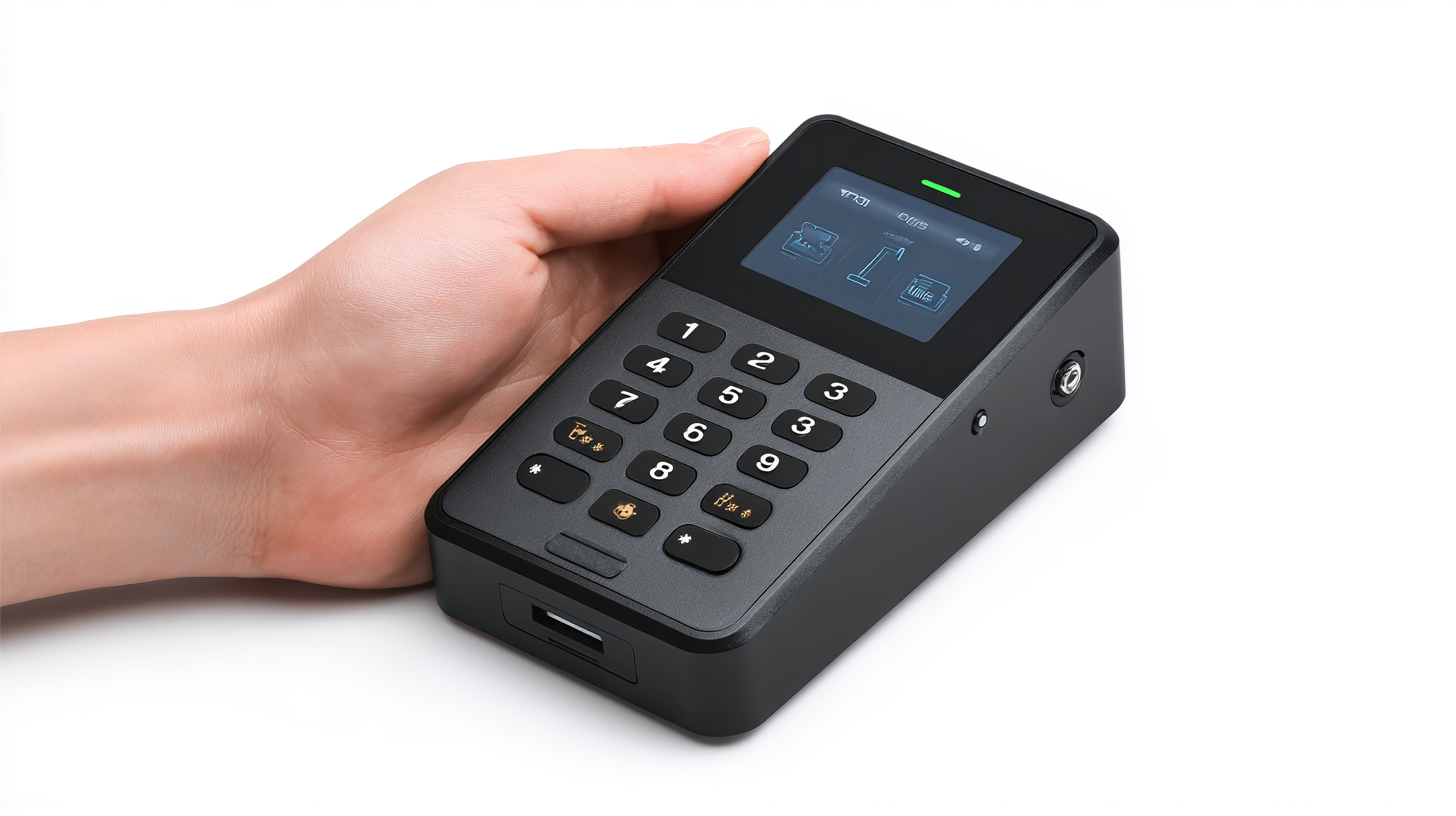
Market research indicates that 70% of enterprises are now integrating smartphone capabilities into their access systems, highlighting the need for flexibility and adaptability in reader selection. Furthermore, recent trends reveal a significant rise in biometric verification methods, with a projected usage increase of 30% over the next five years. This emphasizes the importance of choosing Access Control Card Readers that not only meet current security standards but also anticipate future developments in access technology.
Understanding the Current Security Trends in Access Control Systems
Access control systems are evolving rapidly, influenced by emerging security trends and user requirements. According to a report by Research and Markets, the global access control market is projected to reach $10.36 billion by 2025, driven by the increasing need for security in corporate environments, educational institutions, and public spaces. As organizations prioritize enhanced security measures, understanding current trends becomes vital in selecting the right access control card reader.
One significant trend is the growing adoption of biometric verification, which offers a higher level of security compared to traditional keycard systems. A study by Gartner indicates that biometric systems can reduce unauthorized access attempts by up to 90%, making them a compelling choice for organizations looking to strengthen their security posture.
Another trend is the integration of IoT technology in access control systems, allowing for real-time monitoring and reporting. According to a report from Statista, the number of connected IoT devices is expected to exceed 30 billion by 2025, underscoring the necessity for readers that can seamlessly integrate with these systems to manage access efficiently and effectively.
Identifying User Needs for Access Control Card Readers
When selecting an access control card reader, it's crucial to identify user needs that align with current security trends. According to a report by MarketsandMarkets, the global access control market is projected to reach $10.7 billion by 2025, driven largely by increased concerns over security and the need for effective risk management. Users now expect card readers to integrate seamlessly with existing security systems and provide enhanced features such as biometric recognition and mobile credentialing. This reflects a growing demand not just for traditional access methods, but for multi-layered security solutions.
Surveys indicate that 72% of businesses are prioritizing user-friendly designs that offer convenience without compromising security. Users want card readers that can offer flexibility in access methods, such as QR codes or NFC technology, catering to the varied preferences of employees and visitors. Moreover, as remote work continues to rise, the flexibility of managing access from a centralized platform becomes increasingly important. Therefore, understanding these user needs is essential for organizations aiming to implement an effective access control system that stays relevant with evolving security demands.
Access Control Card Reader Preferences Based on User Security Needs
Evaluating Different Types of Access Control Card Readers
When evaluating different types of access control card readers, it's crucial to consider current market trends and user needs. The access control market is projected to grow significantly, with an increase in demand for both card-based and biometric systems. According to recent market research, the adoption of multi-technology readers is on the rise, as organizations seek solutions that integrate various methods for authentication and enhance security. The versatility of these systems not only meets diverse user requirements but also aligns with the latest security protocols aimed at reducing vulnerabilities.
Furthermore, innovations such as Identification Document Validation Technology (IDVT) are becoming instrumental in the identity verification process, providing users with fast and reliable methods to authenticate presented documents. As cyber threats evolve, the importance of robust access control mechanisms cannot be understated. Implementing advanced technologies not only aids in the prevention of unauthorized access but also ensures compliance with regulatory standards, including those related to data security. This multifaceted approach to access control is essential for organizations aiming to safeguard their assets and sensitive information in an increasingly complex security landscape.
How to Choose the Right Access Control Card Reader Based on Security Trends and User Needs
| Card Reader Type | Security Features | User Needs | Integration Capabilities | Cost |
|---|---|---|---|---|
| Magstripe Reader | Basic encryption, low security risk | Low-cost, basic access | Limited integration | $50 - $100 |
| Proximity Reader | RFID technology, moderate security | Convenient and fast access | Compatible with various systems | $100 - $200 |
| Smart Card Reader | Advanced encryption, high security | High security and customizable access | Flexible integrations | $200 - $400 |
| Biometric Reader | Fingerprint, facial recognition, highest security | Ultimate security, user-specific access | Integrates with advanced systems | $300 - $800 |
Key Features to Consider When Selecting a Card Reader
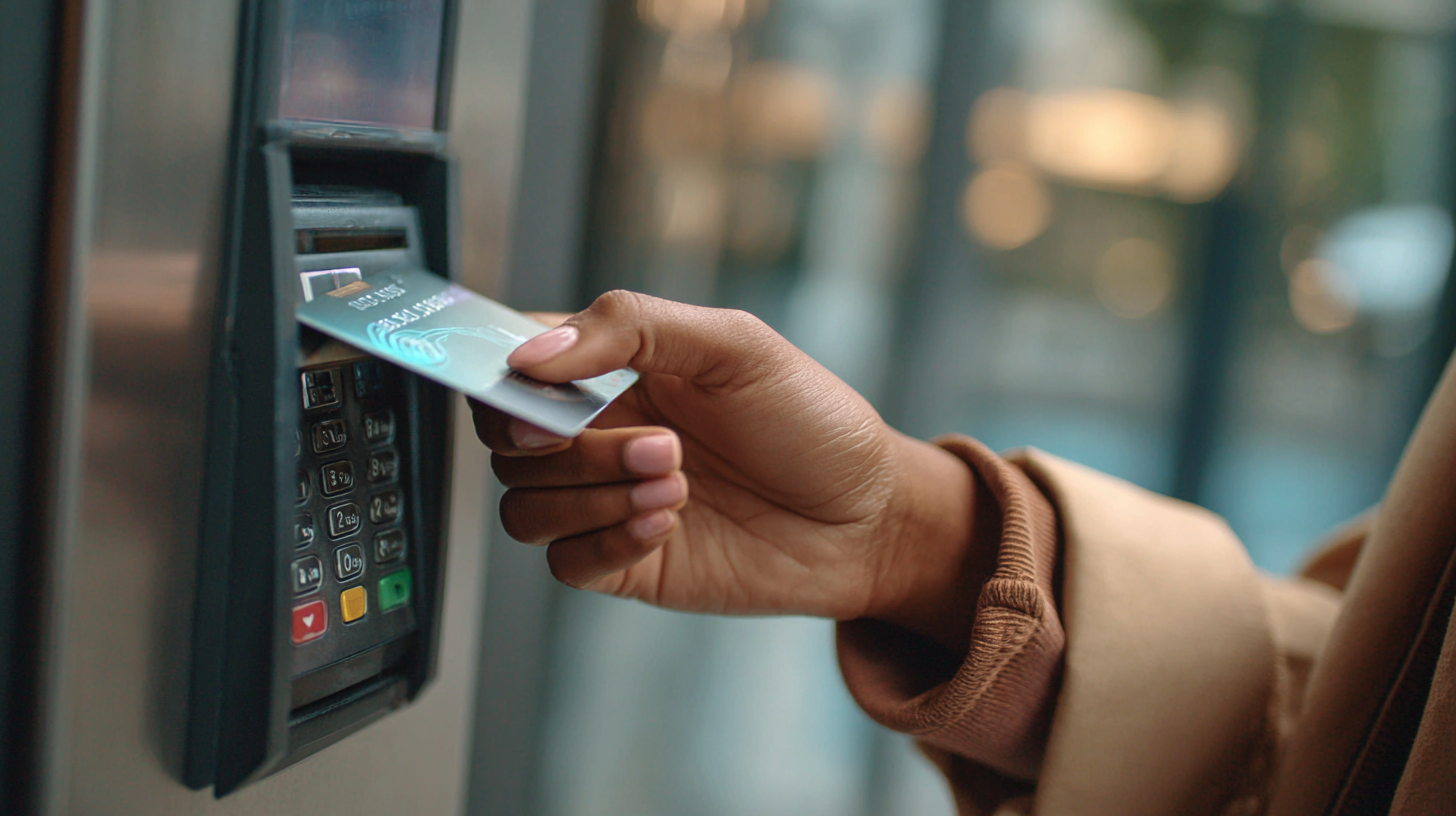 When selecting an access control card reader, it’s crucial to focus on key features that align with current security trends and user needs. One primary consideration is the
integration capability with existing security systems. This ensures that the card reader can seamlessly function with various technological environments, enhancing overall security. Additionally, the ability to support
multiple access methods—such as contactless, biometric, or mobile credentials—adds
flexibility for users, catering to diverse preferences and situations.
When selecting an access control card reader, it’s crucial to focus on key features that align with current security trends and user needs. One primary consideration is the
integration capability with existing security systems. This ensures that the card reader can seamlessly function with various technological environments, enhancing overall security. Additionally, the ability to support
multiple access methods—such as contactless, biometric, or mobile credentials—adds
flexibility for users, catering to diverse preferences and situations.
Another essential feature is durability and resistance to environmental factors, especially for outdoor installations or high-traffic areas. A card reader that can withstand
physical wear and elements will not only reduce maintenance costs but also ensure reliability in access control. Furthermore, user-friendly interfaces that simplify the authentication process can significantly enhance
user experience, making it easier for everyone to gain access while maintaining strict security protocols. By thoughtfully considering these features, organizations can choose card readers that meet their unique security needs
and adapt to evolving trends effectively.
Future-Proofing Your Access Control System: Trends to Watch Out For
As organizations continue to prioritize security in a rapidly evolving landscape, future-proofing access control systems has become essential. According to a report by MarketsandMarkets, the global access control market is projected to reach USD 11.91 billion by 2025, growing at a CAGR of 7.4%. This growth is driven by advancements in technology and an increased emphasis on safeguarding sensitive information. Businesses are now investing in smart readers that integrate biometric, RFID, and mobile authentication methods, ensuring that their systems remain compliant with emerging security regulations.
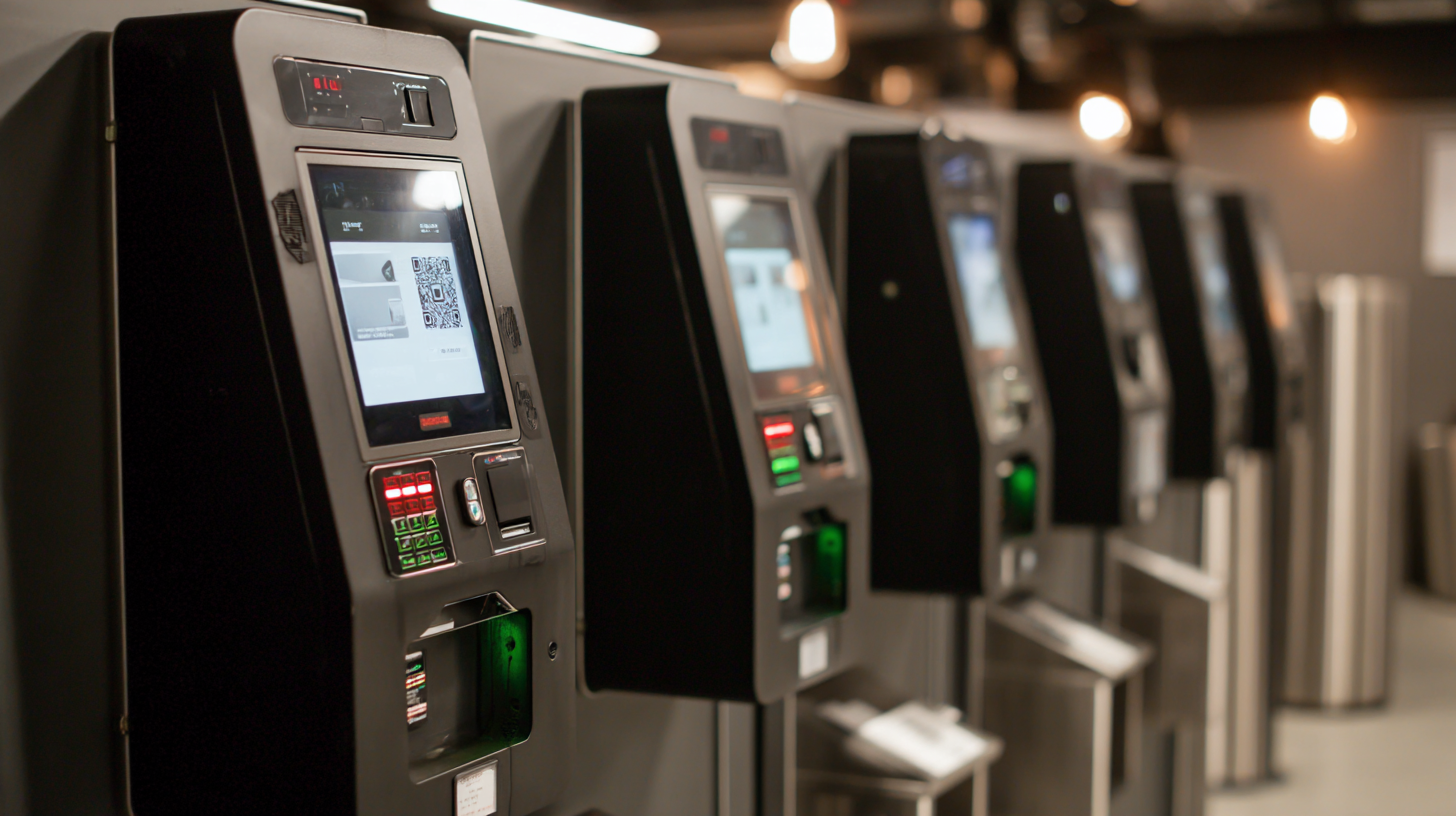
One of the critical trends to consider is the shift towards cloud-based access control solutions. A survey by Security Technology Monitor reveals that 46% of organizations are adopting cloud-based systems due to their scalability, ease of management, and enhanced data analytics capabilities. Additionally, as more workplaces adopt hybrid models, there is a growing demand for systems that can facilitate remote management and access.
Organizations must evaluate their current needs and anticipate future trends to choose the right access control card reader that can adapt to changing security environments and user preferences.
Related Posts
-
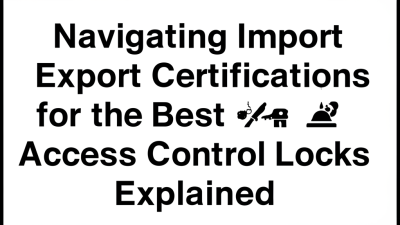
Navigating Import Export Certifications for the Best Access Control Locks Explained
-

Top Strategies for Optimizing Access Control Equipment Performance
-
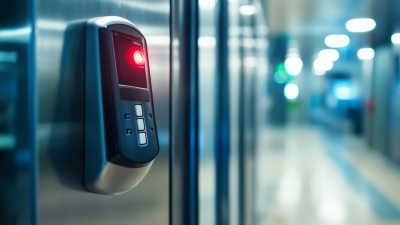
Ultimate Guide to Selecting the Best Access Control Panel for Your Security Needs
-

Unlocking Success with Best Access Control Solutions in Manufacturing and Beyond
-
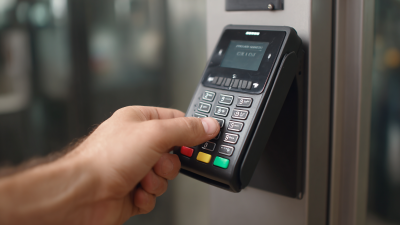
5 Proven Reasons Access Control Card Readers Enhance Security and Efficiency
-

Understanding the Functionality and Benefits of Door Access Cards in Modern Security Systems
- • HighpowerOne Touchscreen Controller • HighpowerOne Mobile Credential App
- Highpower Management System
- • Pushplate 100 PNZ
- • Pushplate 110 PNZ
- • Pushplate 120/140 PNZ
- • Pushplate 130/150 PNZ
- • Pushplate 200 PNZ
- • Pushplate 100
- • Pushplate 110
- • Pushplate 120/140
- • Pushplate 130/150
- • Pushplate 200
Mechanical Timers
Proximity ID Access Cards and Fobs
Proximity Card Readers
- • Proximity Reader P-300
- • Proximity Reader P-400
- • Proximity Reader P-500
- • Proximity Reader P-620
- • Proximity Reader P-640
- • Proximity Reader P-710
- • Proximity Reader P-900
- • Ranger Proximity Readers
- • Ranger Controls
- • Sure-Fi Wireless Interfaces
Smart Series JX Readers
Electromagnetic Locks
Highpower Power Supplies
• H505
• H512
Security Products Summary
